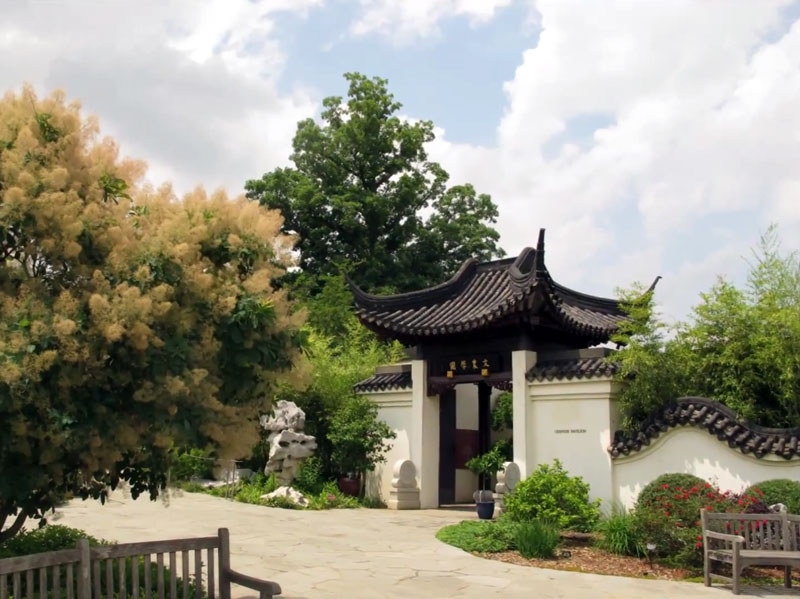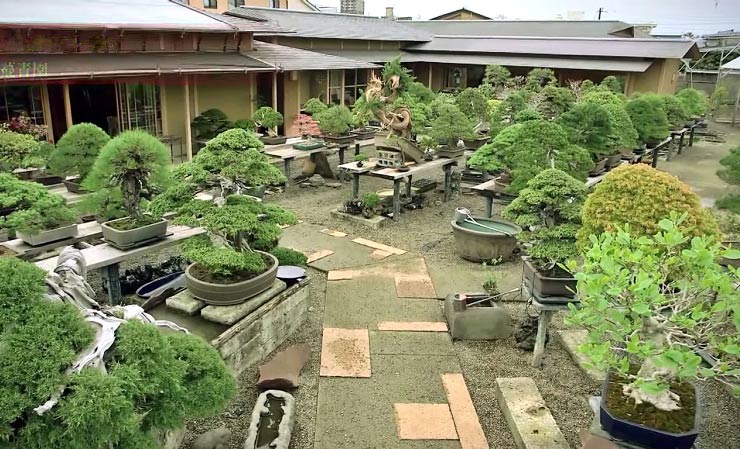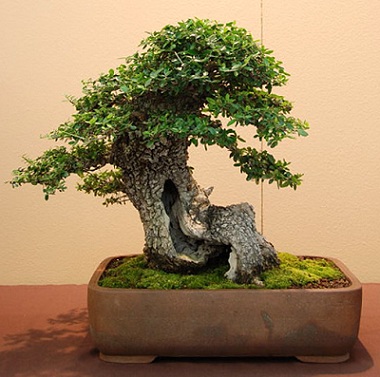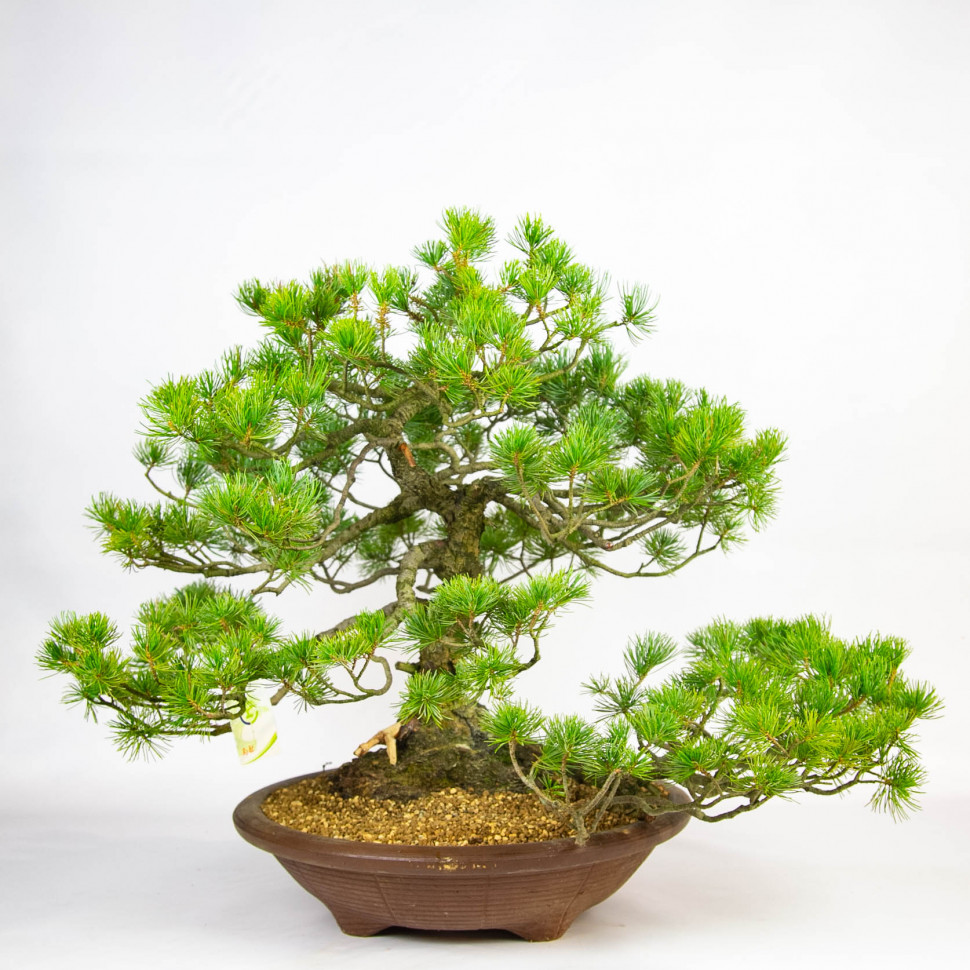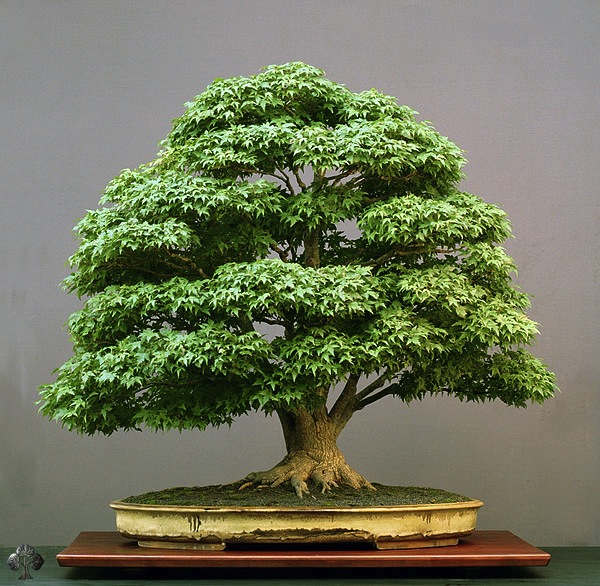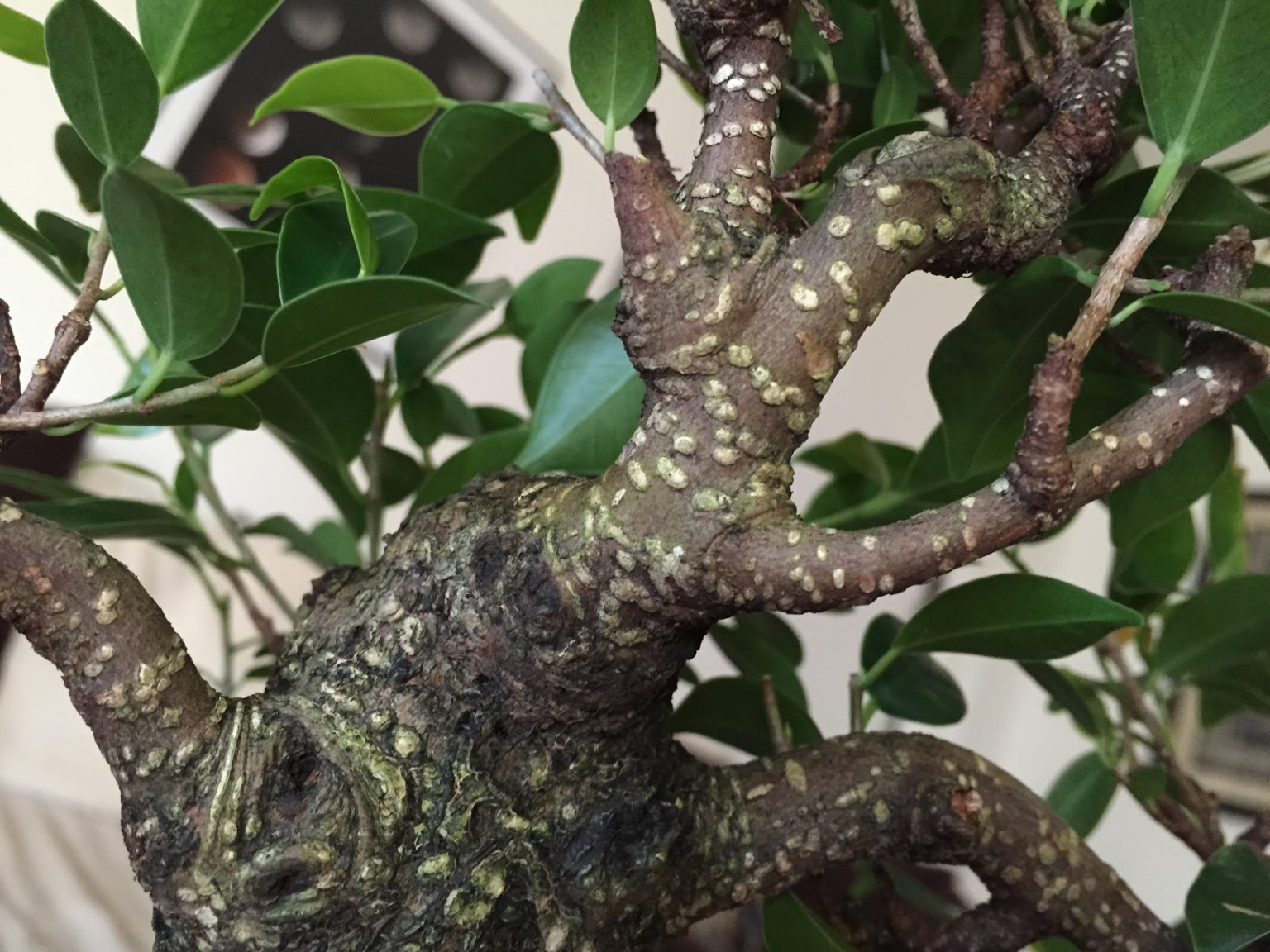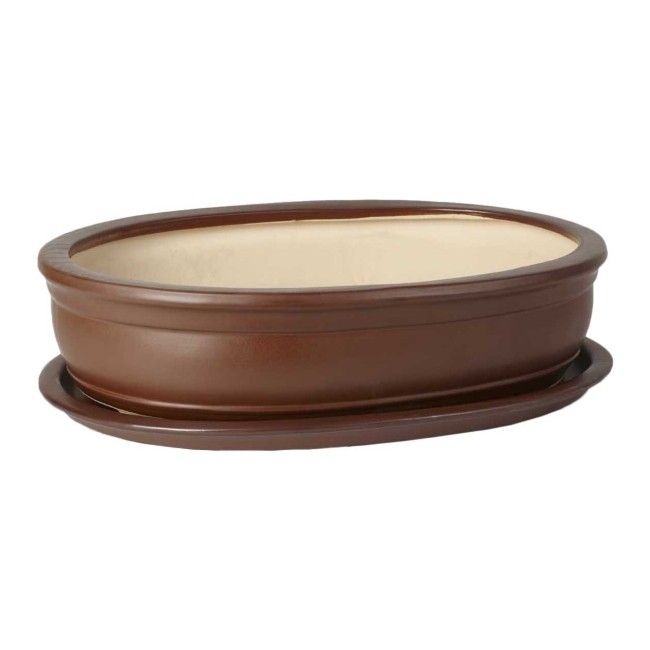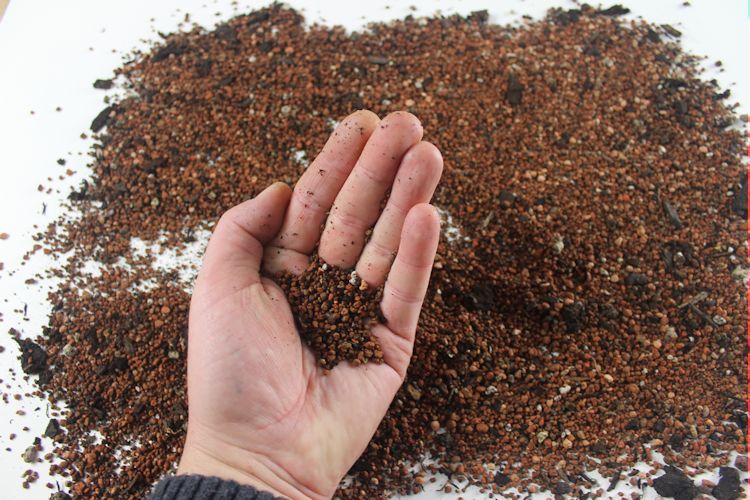The most suitable typeapple treesfor growingbonsai - wild apple treeThis type of apple tree, along withazaleasis one of the best flowering trees suitable for bonsai cultivation.Wild apple treeThere are approximately 35 species growing in Europe, Asia and North America.
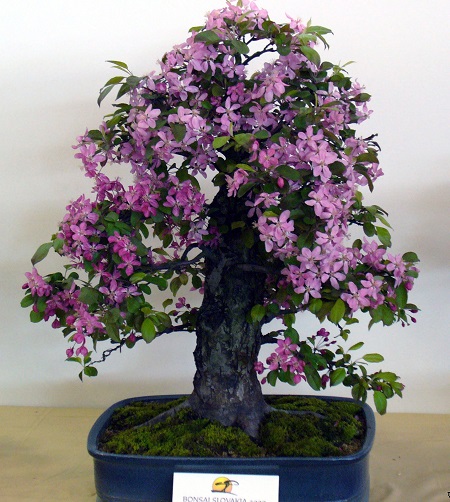
The wild apple tree is especially prized for its spring blossoms and colorful autumn fruits. The fragrant flowers, 2-5 cm in diameter, change color depending on the species. The leaves are oval in shape with serrated edges.
In addition to the wild apple tree, there are other species, most of which are suitable for growing bonsai. The choice of one or anotherapple trees for bonsaidepends on the color preferences of the flowers and fruits, as well as the desired variant and intensity of flowering.
The most suitable apple tree varieties for growing bonsai are:
- Wild apple or crab apple (Malus Sylvestris). It has leaves 5 cm long, blooms in late spring with pink-white inflorescences, from which greenish-yellow fruits with red spots are formed, two to four centimeters in diameter. It grows in Europe, can reach 9 meters in height.
- Hall's apple tree (Malus Halliana)has pink flowers and glossy green foliage. Rare purple fruits. It grows in China, where it can reach a height of up to 6 meters.
- Cherry Apple (Malus Cerasifera)- This species is used more than others for growing bonsai because of its numerous white flowers, which form from pink buds. These, in turn, lead to a rich harvest of red fruits in the fall.
- Wild apple (Malus toringoides/Malus bhutanica)— a variety of apple tree that has upward-facing, 9 cm long leaves and light cream flowers that produce yellow, pear-shaped fruits.
Soil:
Use a soil mixture that includes soil from natural conditions.
Lighting:
Tolerates direct sunlight well.
Temperature:
Place in a well ventilated area to prevent mold growth.Wild apple treesfrost hardy, although trees in shallow pots will need some protection from the cold.
Watering:
Do not let the soil dry out. It requires a lot of water during fruit formation.
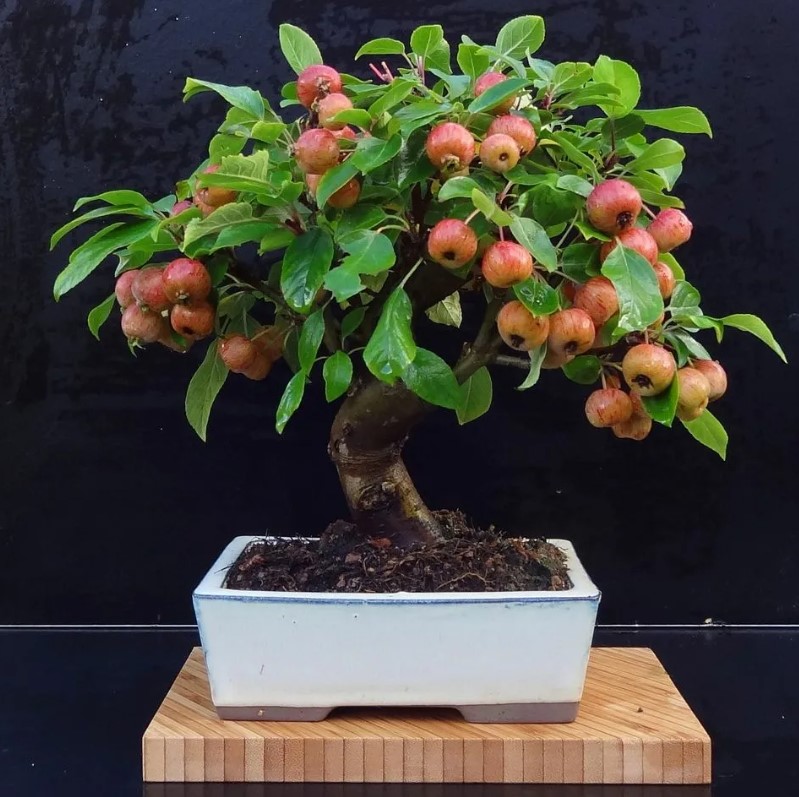
Top dressing:
Before flowering, feed once every two weeks. Feeding after flowering will cause leaf growth to the detriment of fruits. You can continue feeding if you need a beautiful crown, otherwise stop feeding until fruits form. To increase the durability of the apple tree, do not allow it to bear fruit once every 2-3 years.
Formation:
Repot every year until fruiting begins. In spring, prune new shoots to the first or second node, then leave alone until late summer. If the bonsai is in the formative stage, you can leave the shoots until the leaves fall.
Purchasing a plant:
Purchased from a specialized store.growing from seeds, they must be sown in the open air in the fall.Cuttingsproduced in autumn.
Pests and diseases:
Apple trees attract a variety of insects and diseases. The most common areaphids, red spider mites, caterpillars and fungus.

